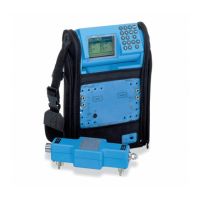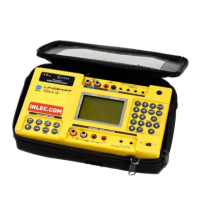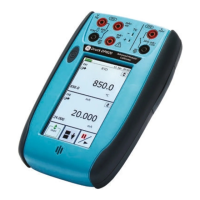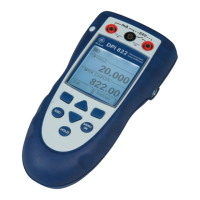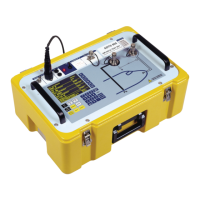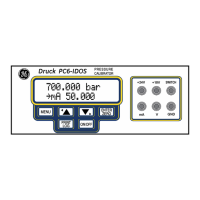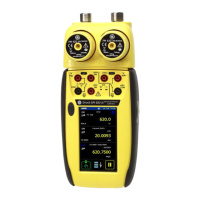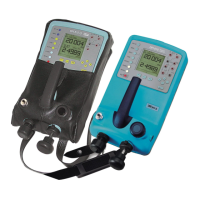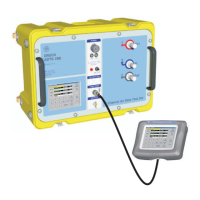10 Appendix Application notes
10-2 Edition 4 (05/2014) DMS Go+
10.1 Application notes
General notes
The DMS Go+ is easy to use and produces reliable and
reproducible measurement results if handled correctly
and in consideration of all the conditions which may af
-
fect the accuracy of measurements. Some of the most
common influential factors are explained in this chapter.
External inclusions inside the material
If the DMS Go+ displays a value during a sequence of
measurements which is considerably smaller than the
one obtained from a measuring point lying in the close
vicinity, this may have been caused by a material defect
(for example external inclusion) reflecting the sound
pulses instead of the backwall. If this occurs, this area
should by checked by means of another suitable NDT
method in order to find out the cause for the conspicu
-
ous reading.
Surface quality
Tool marks running parallel to the coupling face may
cause measurement errors in the case of a great peak-
to-valley height. If the acoustic separation layer of the
probe is set at right angles to the marks, this effect does
not occur.
Incorrect readings are obtained in some cases due to a
too rough test surface because of excessive couplant
accumulating between the probe and the test object sur
-
face. Very rough surfaces can totally prevent the cou-
pling (no coupling signal). A surface treatment is re-
quired in such cases.
Curved surfaces
In measurements on convex surfaces, for example
tubes or cylindrical tanks, it is necessary to couple the
probe to the surface center for radial scanning. The
acoustic separation layer of the probe must be set at
right angles to the longitudinal axis of the test object
(please refer to figure on the next page). Probes with
small contact face diameters improve the coupling on
convex surfaces.
